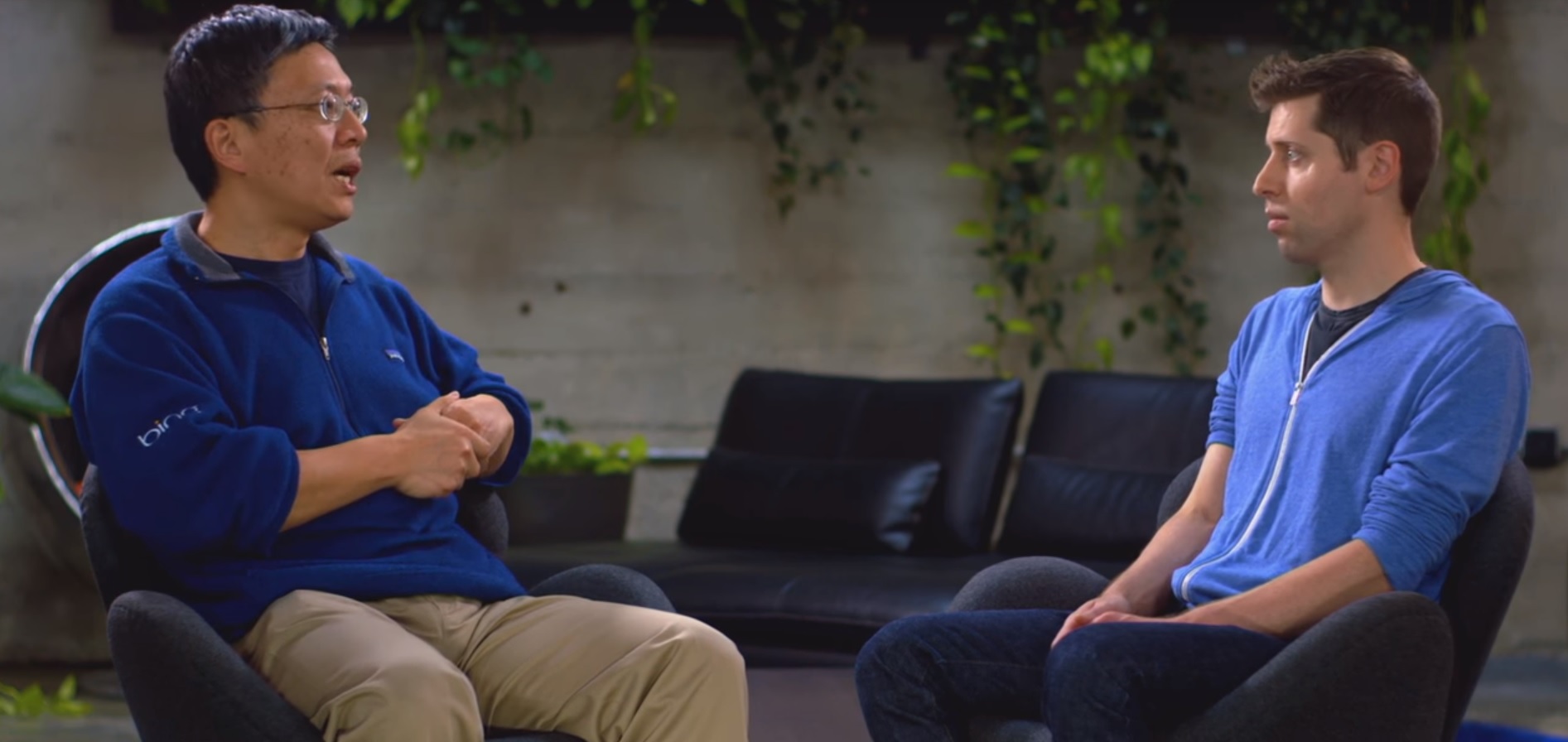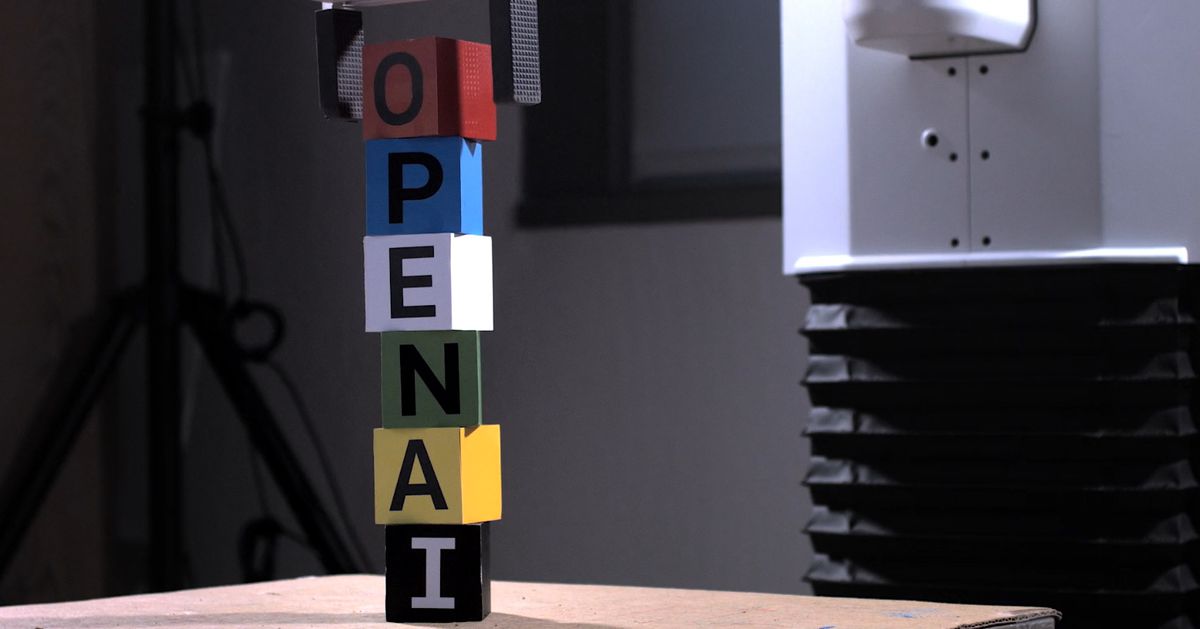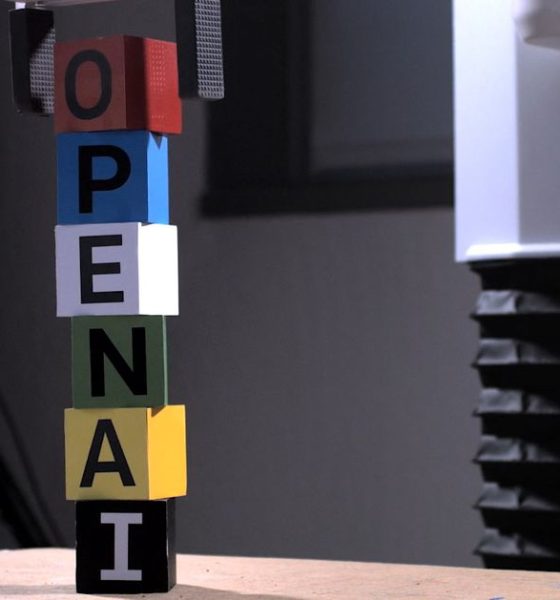Microsoft’s interest in expanding its Azure cloud computing service to include artificial intelligence (AI) supercomputing technologies has led to a new partnership agreement with the Elon Musk-backed company, OpenAI. An investment of $1 billion dollars was recently made by Microsoft into the venture to develop an Azure-based hardware and software platform that will scale to artificial general intelligence (AGI). In turn, OpenAI will use Microsoft as their exclusive cloud provider.
OpenAI is a nonprofit AI research organization co-founded by Musk, serial entrepreneur Peter Thiel, and Y Combinator’s Sam Altman with the goal of developing beneficial, open source AI to combat any future rise of harmful AI. Musk stepped down from the Board of Directors in early 2018 to avoid any conflicts with Tesla’s Autopilot program; however, he still remains as a benefactor and advisor. Tesla’s Director of AI and Autopilot Vision, Andrej Karpathy, previously worked as a neural network researcher for OpenAI.
While the venture is backed by significant private investment, the long-term goals of OpenAI require even greater resources. The company’s motivation to create the new investment partnership with Microsoft was partially due to financial constraints caused by computing hardware needs. The financial requirements to retain top talent are also significant – OpenAI’s tax filings from 2016 revealed its top researcher was paid a $1.9 million dollar salary, with others receiving significant amounts as well.

“OpenAI is producing a sequence of increasingly powerful AI technologies, which requires a lot of capital for computational power. The most obvious way to cover costs is to build a product, but that would mean changing our focus. Instead, we intend to license some of our pre-AGI technologies, with Microsoft becoming our preferred partner for commercializing them,” OpenAI’s press release announcing the new partnership explained.
The connection between Microsoft and OpenAI is not new. In 2016, the companies jointly announced they were working together to run most of OpenAI’s large-scale experiments on Azure, making it their primary cloud platform for deep learning and AI. Azure had hardware configurations optimized for AI computing needs and a roadmap to expand those capabilities even further. One of the stated joint goals between Microsoft and OpenAI is the democratization of AI, and cloud computing is a large part of making that a reality as hardware and software resources are no longer required to be local to the user.
OpenAI has already created some impressive AI capabilities. In August last year, company bots created for the video game Dota 2 defeated a team of highly skilled human players in two games out of three. To accomplish the task, serious amounts of hardware and training were required. The nonprofit research lab employed a scaled-up version of Proximal Policy Optimization running on 256 GPUs and 128,000 cores to complete roughly 180 years worth of gameplay every day through reinforcement learning, which allowed the bots to develop advanced skills for the game. An open source gym for training AI with games was also released by the company.
In 2017, OpenAI announced that it had successfully trained its AI-powered robots to perform a task after watching it once in virtual reality. After showing a robot how to stack a series of colored blocks in a virtual reality simulation, it was then able to successfully mimic the actions. To accomplish this, OpenAI trained the robot in a simulated, virtual environment with nuances like lighting, shadows and backgrounds noise so that when in the real environment, it knew to filter out noise and focus on only important elements as a human brain would.
OpenAI also successfully taught AI bots to create their own language for communicating with each other in 2017. A paper was published on the topic which explained how the bots used reinforcement learning to accomplish simple goals through trial and error. After being given clues such as “Go to” or “Look at” by the researchers, the bots were then required to create their own machine language to communicate with each other.
The company’s latest commitment to Microsoft will now expand their access to resources to achieve even more impressive artificial intelligence feats.

News
Tesla FSD fleet is nearing 7 billion total miles, including 2.5 billion city miles
As can be seen on Tesla’s official FSD webpage, vehicles equipped with the system have now navigated over 6.99 billion miles.

Tesla’s Full Self-Driving (Supervised) fleet is closing in on almost 7 billion total miles driven, as per data posted by the company on its official FSD webpage.
These figures hint at the massive scale of data fueling Tesla’s rapid FSD improvements, which have been quite notable as of late.
FSD mileage milestones
As can be seen on Tesla’s official FSD webpage, vehicles equipped with the system have now navigated over 6.99 billion miles. Tesla owner and avid FSD tester Whole Mars Catalog also shared a screenshot indicating that from the nearly 7 billion miles traveled by the FSD fleet, more than 2.5 billion miles were driven inside cities.
City miles are particularly valuable for complex urban scenarios like unprotected turns, pedestrian interactions, and traffic lights. This is also the difference-maker for FSD, as only complex solutions, such as Waymo’s self-driving taxis, operate similarly on inner-city streets. And even then, incidents such as the San Francisco blackouts have proven challenging for sensor-rich vehicles like Waymos.
Tesla’s data edge
Tesla has a number of advantages in the autonomous vehicle sector, one of which is the size of its fleet and the number of vehicles training FSD on real-world roads. Tesla’s nearly 7 billion FSD miles then allow the company to roll out updates that make its vehicles behave like they are being driven by experienced drivers, even if they are operating on their own.
So notable are Tesla’s improvements to FSD that NVIDIA Director of Robotics Jim Fan, after experiencing FSD v14, noted that the system is the first AI that passes what he described as a “Physical Turing Test.”
“Despite knowing exactly how robot learning works, I still find it magical watching the steering wheel turn by itself. First it feels surreal, next it becomes routine. Then, like the smartphone, taking it away actively hurts. This is how humanity gets rewired and glued to god-like technologies,” Fan wrote in a post on X.
News
Tesla starts showing how FSD will change lives in Europe
Local officials tested the system on narrow country roads and were impressed by FSD’s smooth, human-like driving, with some calling the service a game-changer for everyday life in areas that are far from urban centers.

Tesla has launched Europe’s first public shuttle service using Full Self-Driving (Supervised) in the rural Eifelkreis Bitburg-Prüm region of Germany, demonstrating how the technology can restore independence and mobility for people who struggle with limited transport options.
Local officials tested the system on narrow country roads and were impressed by FSD’s smooth, human-like driving, with some calling the service a game-changer for everyday life in areas that are far from urban centers.
Officials see real impact on rural residents
Arzfeld Mayor Johannes Kuhl and District Administrator Andreas Kruppert personally tested the Tesla shuttle service. This allowed them to see just how well FSD navigated winding lanes and rural roads confidently. Kruppert said, “Autonomous driving sounds like science fiction to many, but we simply see here that it works totally well in rural regions too.” Kuhl, for his part, also noted that FSD “feels like a very experienced driver.”
The pilot complements the area’s “Citizen Bus” program, which provides on-demand rides for elderly residents who can no longer drive themselves. Tesla Europe shared a video of a demonstration of the service, highlighting how FSD gives people their freedom back, even in places where public transport is not as prevalent.
What the Ministry for Economic Affairs and Transport says
Rhineland-Palatinate’s Minister Daniela Schmitt supported the project, praising the collaboration that made this “first of its kind in Europe” possible. As per the ministry, the rural rollout for the service shows FSD’s potential beyond major cities, and it delivers tangible benefits like grocery runs, doctor visits, and social connections for isolated residents.
“Reliable and flexible mobility is especially vital in rural areas. With the launch of a shuttle service using self-driving vehicles (FSD supervised) by Tesla in the Eifelkreis Bitburg-Prüm, an innovative pilot project is now getting underway that complements local community bus services. It is the first project of its kind in Europe.
“The result is a real gain for rural mobility: greater accessibility, more flexibility and tangible benefits for everyday life. A strong signal for innovation, cooperation and future-oriented mobility beyond urban centers,” the ministry wrote in a LinkedIn post.
News
Tesla China quietly posts Robotaxi-related job listing
Tesla China is currently seeking a Low Voltage Electrical Engineer to work on circuit board design for the company’s autonomous vehicles.

Tesla has posted a new job listing in Shanghai explicitly tied to its Robotaxi program, fueling speculation that the company is preparing to launch its dedicated autonomous ride-hailing service in China.
As noted in the listing, Tesla China is currently seeking a Low Voltage Electrical Engineer to work on circuit board design for the company’s autonomous vehicles.
Robotaxi-specific role
The listing, which was shared on social media platform X by industry watcher @tslaming, suggested that Tesla China is looking to fill the role urgently. The job listing itself specifically mentions that the person hired for the role will be working on the Low Voltage Hardware team, which would design the circuit boards that would serve as the nervous system of the Robotaxi.
Key tasks for the role, as indicated in the job listing, include collaboration with PCB layout, firmware, mechanical, program management, and validation teams, among other responsibilities. The role is based in Shanghai.
China Robotaxi launch
China represents a massive potential market for robotaxis, with its dense urban centers and supportive policies in select cities. Tesla has limited permission to roll out FSD in the country, though despite this, its vehicles have been hailed as among the best in the market when it comes to autonomous features. So far, at least, it appears that China supports Tesla’s FSD and Robotaxi rollout.
This was hinted at in November, when Tesla brought the Cybercab to the 8th China International Import Expo (CIIE) in Shanghai, marking the first time that the autonomous two-seater was brought to the Asia-Pacific region. The vehicle, despite not having a release date in China, received a significant amount of interest among the event’s attendees.










